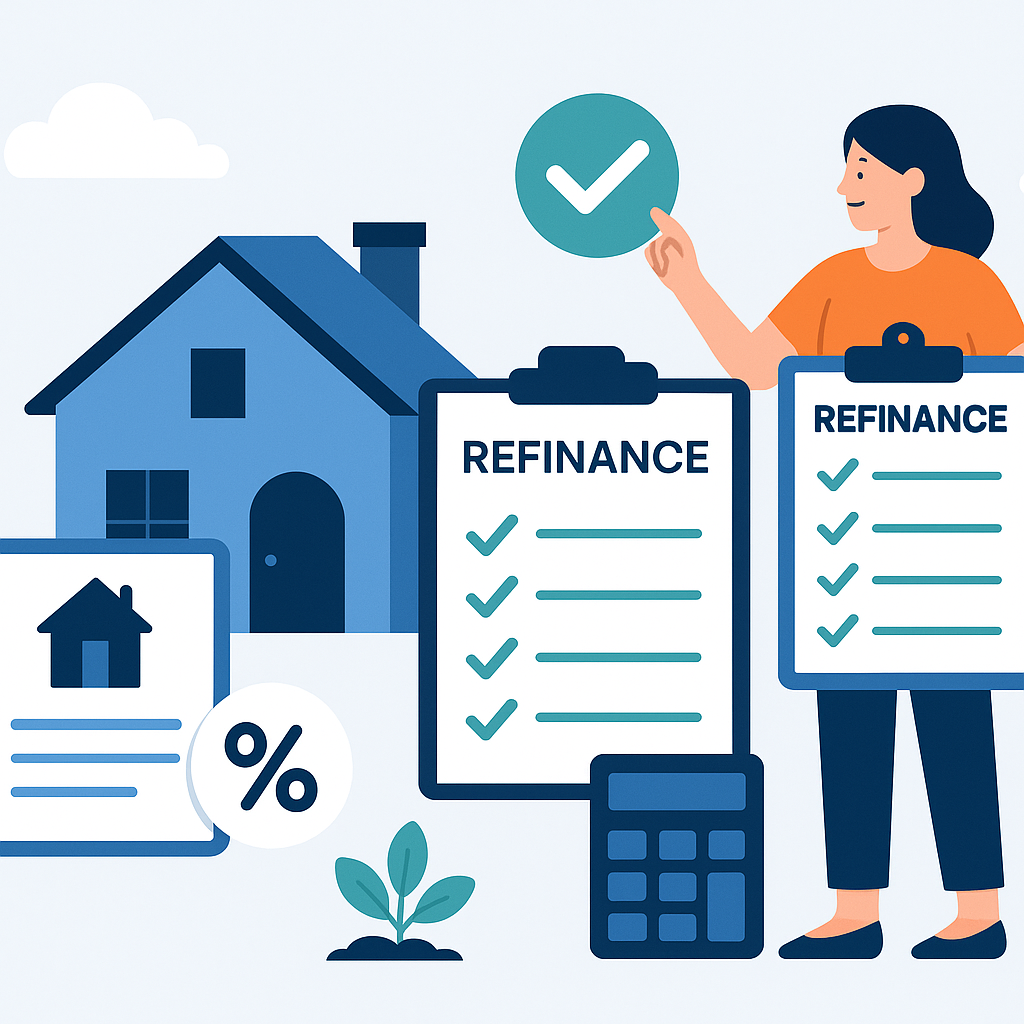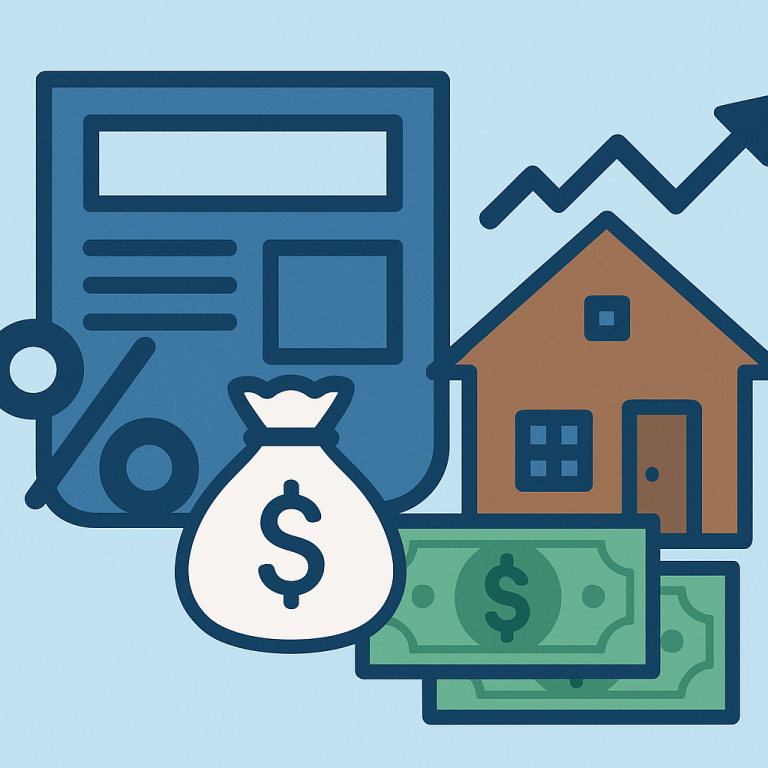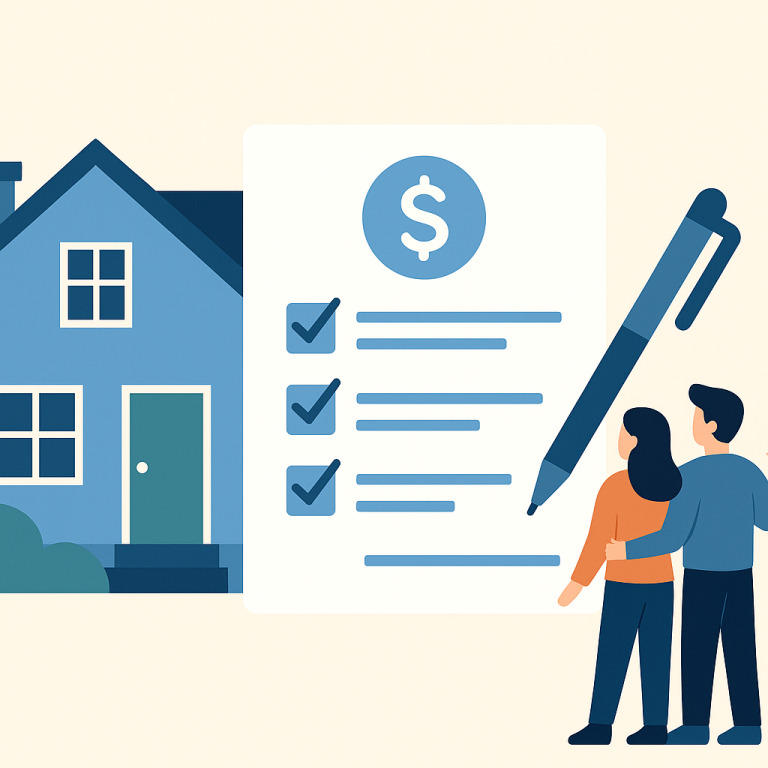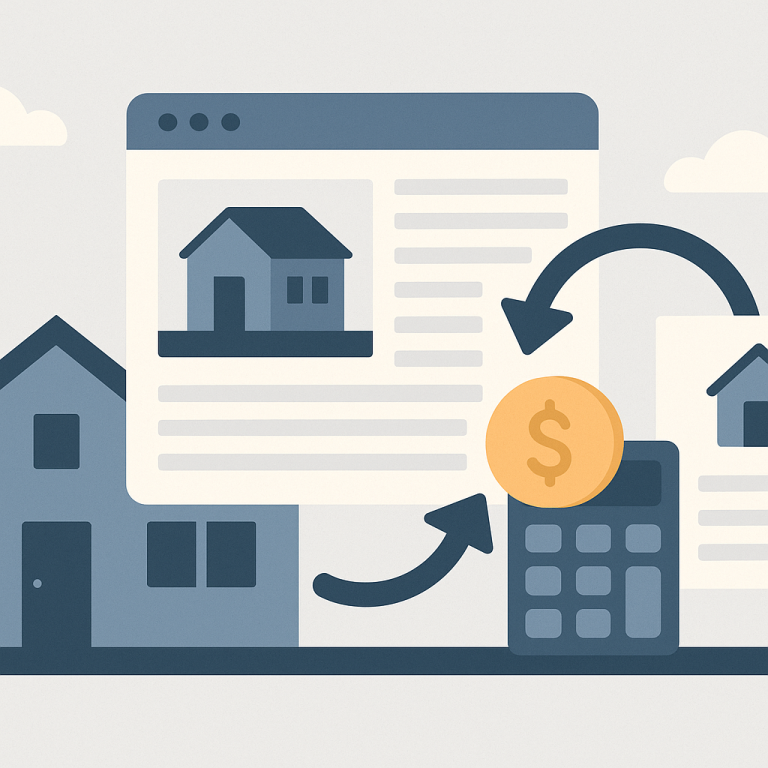Refinance guide DSCR refinance for rental properties explained
DSCR Refinance for Rental Properties Explained
Debt-Service Coverage Ratio (DSCR) refinancing is a loan program that underwrites rental property mortgages based primarily on the property’s income rather than the borrower’s personal income. For landlords and real estate investors who rely on rental revenue, DSCR refinances can simplify qualification and unlock better cash flow or liquidity. This guide explains what DSCR refinancing is, when it makes sense, the pros and cons, typical costs, the step-by-step process, common pitfalls, and a short FAQ.
What it is and when it makes sense
DSCR is a metric lenders use to measure whether a property generates enough net operating income (NOI) to cover mortgage payments. The formula is:
DSCR = Net Operating Income / Annual Debt Service (principal + interest)
If a property produces $30,000 in NOI and annual mortgage payments are $24,000, DSCR = 30,000 / 24,000 = 1.25.
DSCR refinance programs focus on that property-level cash flow rather than the borrower’s W-2 income. That makes sense when:
- You’re an investor with multiple rentals whose personal income documentation is complex or limited.
- You want a cash-out refinance using rental income to qualify.
- You’re self-employed or have irregular wages that make conventional income-based underwriting difficult.
- You want to replace an ARM, shorten the term, or reduce monthly payments based on property cash flow.
Benefits and drawbacks
Benefits
- Income-based underwriting: Lenders primarily use rental income and property expenses, minimizing reliance on borrower W-2s or tax returns.
- Faster qualification for investors: Less paperwork and a focus on cash flow can speed approval.
- Cash-out opportunities: Many DSCR refinances allow cash-out to fund renovations, acquisitions, or pay down higher-cost debt.
- Works for owners with unique personal finances: Ideal for self-employed, asset-heavy but low-reported-income borrowers.
Drawbacks
- Potentially higher interest rates: DSCR loans often carry rates slightly higher than conventional owner-occupied mortgages.
- Lower loan-to-value (LTV) or cash-out limits: Lenders may limit LTV (often 70–75%) or cash-out amounts on investment properties.
- Strict property-level requirements: The property must generate sufficient NOI and meet appraisal/rent comps.
- Reserves and rental documentation: Lenders frequently require reserve funds and validated leases, which can be burdensome.
Costs and fees
Refinancing a rental property with a DSCR loan involves many of the standard mortgage costs, plus any lender-specific charges. Common items and approximate ranges:
- Origination fee: 0.5%–1.5% of loan amount (can vary).
- Appraisal: $400–$1,000 (higher for larger or multifamily properties).
- Title insurance and search: 0.5%–1.5% of loan amount.
- Credit report, flood certification, recording fees: small fixed fees (hundreds total).
- Underwriting/processing fees or broker fees: $500–$2,000 depending on lender/broker.
- Discount points: optional, to lower the interest rate; 1 point = 1% of loan amount.
- Prepayment penalty: possible if your existing loan has one—check your note.
Because investment loans often have stricter LTV and reserve requirements, you may need several months’ mortgage reserves in cash, effectively increasing your transaction’s cost. Also expect possible higher interest rates than comparable owner-occupied loans.
Step-by-step DSCR refinance process
- 1. Define your goal: Lower payment, cash-out, shorter term, or stabilize cash flow.
- 2. Check eligibility and shop lenders: Compare lenders that offer DSCR products and ask about minimum DSCR, LTV, and cash-out limits.
- 3. Gather documentation: Typical requirements include current leases, a rent roll, 12 months of bank statements (often for the property and borrower), property P&L or Schedule E, current mortgage statement, and proof of reserves.
- 4. Prequalify: Provide summary numbers (rental income, expenses, existing mortgage terms) to get a prequalification estimate.
- 5. Submit application: Complete lender application and provide documents. Expect the lender to order an appraisal and validate rent via leases or market rent comps.
- 6. Underwriting and appraisal: Underwriter calculates NOI, applies vacancy/expenses, and determines DSCR. Appraisal confirms condition and market rents.
- 7. Clear to close: Resolve any conditions (proof of reserves, title issues), receive final approval, and schedule closing.
- 8. Closing: Sign documents, pay closing costs (or roll into loan if allowed), and fund the refinance.
Typical timeline: 30–45 days from application to closing if documentation is complete and no title issues arise.
Common pitfalls to avoid
- Overestimating rental income: Lenders often apply vacancy and expense adjustments or require market rent support via comparables or a rent schedule.
- Ignoring operating expenses: NOI must account for property taxes, insurance, repairs, management, utilities (if landlord pays), and reserves.
- Not understanding DSCR thresholds: Different lenders have different minimum DSCRs. Make sure your projected NOI produces the required ratio (often 1.15–1.25).
- Skipping seasoning rules: Many lenders require you to own the property for a certain period (commonly 6–12 months) before refinancing or taking cash out.
- Assuming all lenders treat DSCR the same: Underwriting standards vary—shop multiple lenders for the best terms.
- Failing to account for reserves and cash requirements: Lenders often require months of mortgage reserves post-closing, which affects liquidity.
FAQ
Q: What DSCR do lenders usually require for a refinance?
A: Minimums vary. Some lenders will go as low as 1.0, but many require 1.15–1.25 for refinancing and cash-out. Higher DSCRs improve eligibility and terms.
Q: Can lenders use market rents instead of current leases?
A: Yes. Many lenders accept market rent estimates supported by an appraisal or rent comparables, especially when a unit is vacant or leases are short-term.
Q: Will my personal income be considered?
A: DSCR loans focus on property income, but lenders still evaluate borrower credit score, assets, and reserves. Personal income may be less important but not irrelevant.
Q: Are DSCR refinances available for single-family and multifamily properties?
A: Yes, but underwriting and LTV limits differ. Small multifamily properties (2–4 units) often have different requirements than single-family rentals and larger multifamily deals.
DSCR refinancing can be a powerful tool for rental property investors when the property’s cash flow is strong and you need to simplify qualification or extract equity. Compare lenders, fully document rents and expenses, and run the numbers with realistic vacancy and expense assumptions to ensure the refinance achieves your financial goals.
META: DSCR refinance, rental property refinance, debt-service coverage ratio, investment property loan, DSCR calculation, refinance steps, DSCR costs







